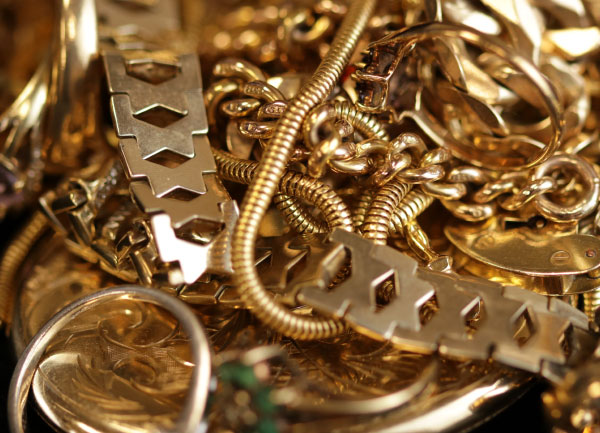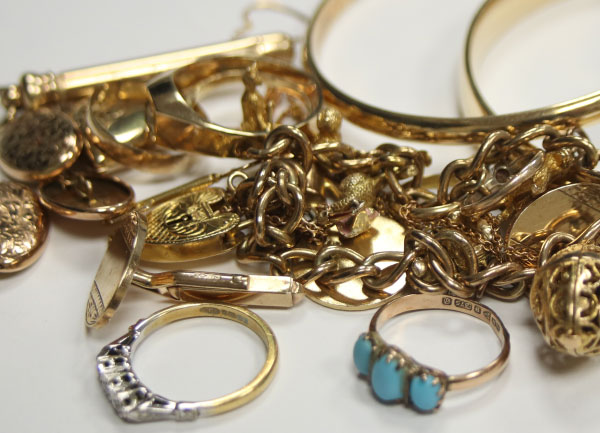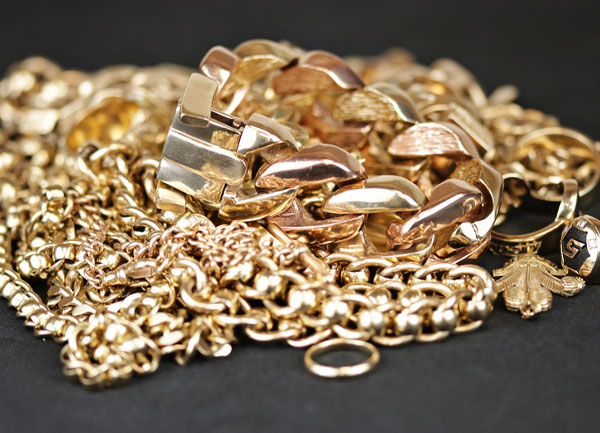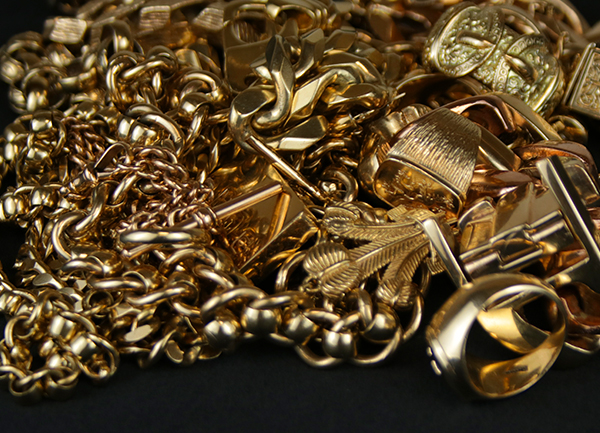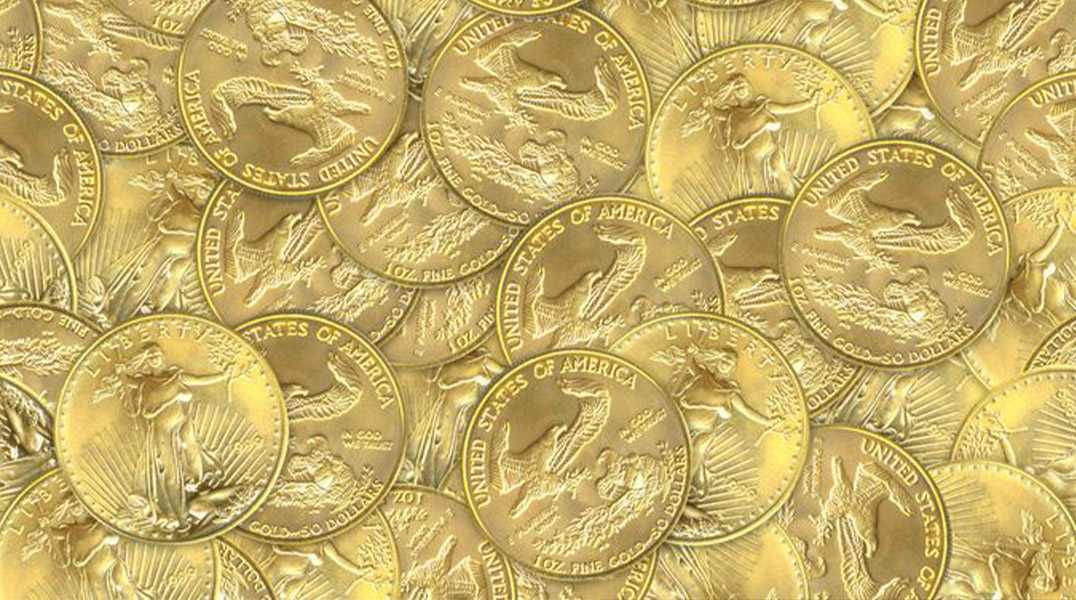To the untrained eye, white gold and silver look and feel the same. However, they are two completely different substances.
This post explains the difference between white gold and silver and then discusses the pros and cons of each.
Difference Between White Gold And Silver
White gold is a gold alloy containing palladium, nickel, zinc, rhodium and silver. The exact ratios of these metals vary according to the manufacturer, but gold typically comprises 37.5 per cent of the alloy. (By contrast, gold bars are 99.999 per cent gold).
By contrast, silver is almost entirely silver. 925 Sterling silver is 92.5 per cent silver and 7.5 per cent other metals, usually copper. Fine silver (like fine gold) is more than 99 per cent silver. Silver coins are Sterling silver.

Both white gold and sterling silver are hardier than pure gold and silver. Alloying improves their strength and durability characteristics. Pure gold or silver jewellery can break easily because these metals are soft in their natural state.
White gold is shiny, similar to platinum. However, the shininess comes from the rhodium plating, not the white gold itself (the underlying metal is slightly yellow).
Appearance
Silver is shiny and lustrous, like white gold, but has a slight hint of grey. It’s not quite as bright as rhodium but easy to texture and style.
Price
White gold is more expensive than silver because it contains rare metals, such as gold and palladium. Interestingly, jewellers may charge more for white gold than regular yellow gold because some of the metals in it cost more per ounce than pure gold.
Silver is a more abundant and cheaper metal than either gold or palladium. Gold is £47.50 per gram, and palladium is £47.10 per gram. On the other hand, silver is just £0.62 per gram.
Maintenance
Rhodium protects white gold. However, it doesn’t last forever. You know it’s time to replace the plating when a gold colour starts showing through.
By contrast, marks on silver can appear more easily. Owners must clean and polish it regularly to keep it in good condition.
For example, Sterling silver with a high copper content can form an oxidative layer on the surface, making it appear greyer than fine silver. This tarnishing doesn’t damage the silver, you can recover the metal later if needed, but it does affect the appearance.
Pros And Cons Of White Gold
Pros:
- Shiny and lustrous
- Usually less expensive than pure platinum
- A popular choice for wedding bands
Cons:
- Rhodium plating may require replacement
- It may turn yellow over time as the rhodium plating wears off
- It is not hypoallergenic because it may contain nickel
Pros And Cons Of Silver
Pros:
- Inexpensive and beautiful
- Looks great when new
- Widely available and mimic the appearance and characteristics of more valuable metals
- Cons:
- Tarnishes easily due to the copper content
- Softer than white gold, increasing the risk of silver marking
- Requires regular cleaning and polishing to look its best
Both white gold and silver are valuable metals, so if you own them, you should get them valued.


